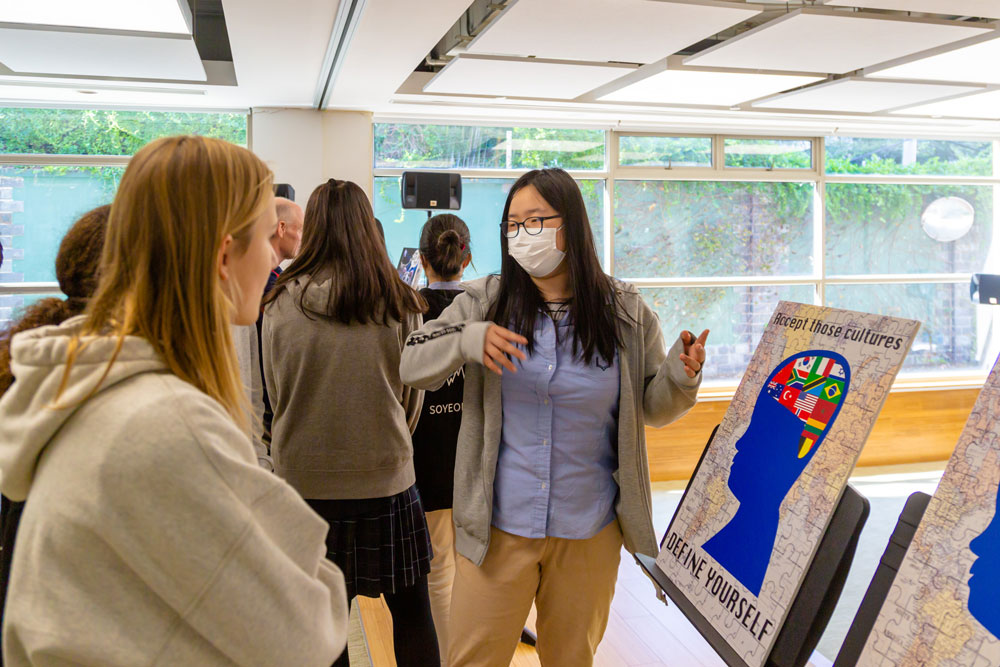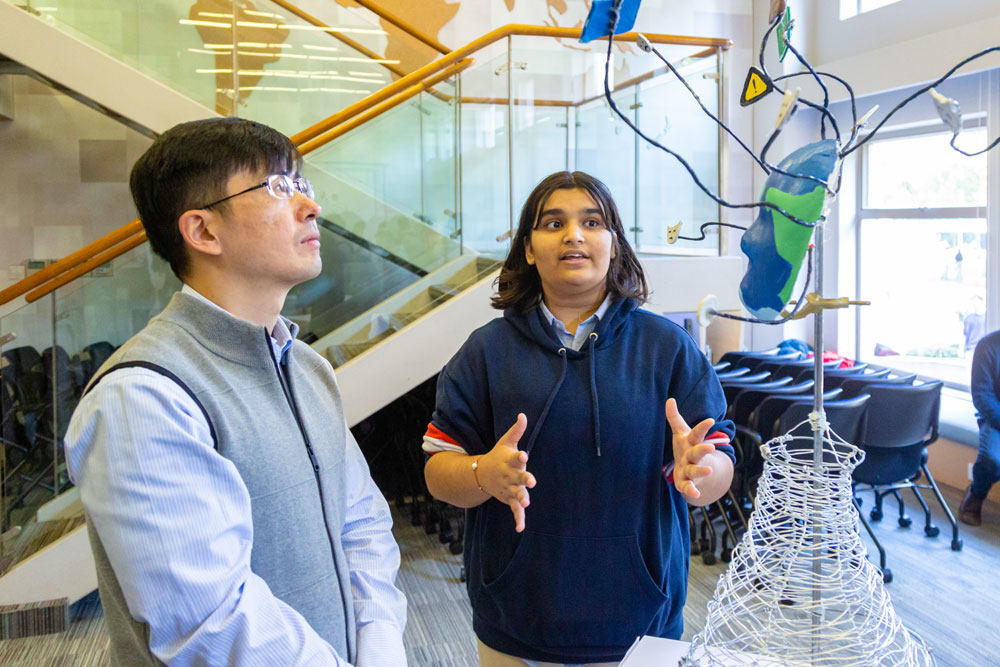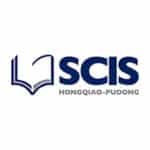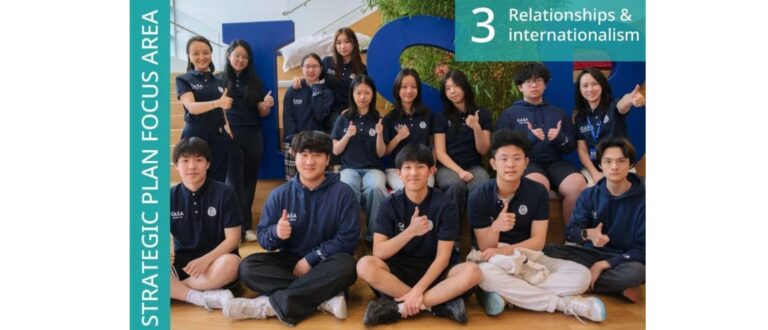As you may be aware, the aim of the International Baccalaureate (IB) programme is “to develop internationally minded people who, recognizing their common humanity and shared guardianship of the planet, help to create a better and more peaceful world”
As it turns out, International Mindedness (IM), although fundamental to the three IB programmes, is not always clearly defined in the curricular framework by the IBO for schools.

What is certain is that there are three main pillars that make up IM including multilingualism (head), intercultural understanding (heart), and global engagement (hands).
Of course, like most good IB schools, we can assume that these three are being represented simply by following the learner profile and engaging in studies like Individuals and Societies (intercultural understanding), participating in service as action/CAS (global engagement), and by taking Language and Literature and Language Acquisition classes (multilingualism).

But, as we learned from our most recent evaluation visit from the IB and WASC, there is a difference between “living” and “laminating” these key aspects, and when we start to look for evidence and take a more critical look we find there is more that could and should be done.
This year in the Upper School at SCIS Hongqiao, we are taking a deep dive into IM and have made it one of our schoolwide goals, by embedding it into the professional growth goals that teachers set.

By looking at 5 broad areas of teaching and learning more critically, we hope to move towards a more internationally-minded school and, most importantly, more internationally-minded students.
- Planning and Preparing for Learning (Resources) – encouraging the design of lessons that use an effective mix of high-quality, multicultural learning materials and technology. Teachers are also encouraged to consider curriculum and resource biases that may not represent a diverse and balanced approach to issues and perspectives.
- Planning and Preparing for Learning (Conceptual Learning) – focusing on powerful organizing ideas with relevance across all subject areas. Teachers are encouraged to consider critical IM concepts/big ideas like equal opportunity, stereotypes, marginalization, race, gender, poverty, and power and to interrogate their own beliefs and values and reach beyond national and cultural boundaries.
- Classroom Management (Social-Emotional) – implementing a program that successfully develops positive interactions and social-emotional skills. Teachers are encouraged to focus on key IM skills like active listening, compromise, and appreciating perspectives with students.
- Family and Community Relationships (Respect) – showing sensitivity and respect for family and community, cultural values, and beliefs. Teachers and students are encouraged to address and interrogate their own personal, and perhaps western biases.
- International Mindedness (Sensitivity) – proactively promoting understanding and appreciation between host and guest cultures. Teachers are encouraged to promote individual and collective responsibility to foster responsible and relevant action.

Of course, International Mindedness is flourishing in countless ways already in the Upper School at SCIS. So much of our work in the Middle Years Programme (MYP) towards conceptual learning and global contexts brings relevant, culturally significant resources, issues, and materials into our students’ learning in every subject. Our recent ARTS week was a showcase of IM concepts filtered and focused through the four arts disciplines for our grade nine students. And our amazing Theory of Knowledge department has, at its foundation, an encouragement for students to consider the diversity and richness of different perspectives and to avoid shallow and polarized thinking and quick judgements. This ensures our Diploma students know there are no simple answers, and the tension between conflicting points of view needs to be lived with, argued about, and quite often left unresolved.
This is no easy task in a world where the truth has become a seemingly arbitrary construct and we seem to be pushed into increasingly polarizing and inflexible notions of heroes and villains, the “woke” and the cancelled, and of right and wrong.

As former U.S. President Barack Obama reminds us – “how can we take all of these perspectives, blind spots, biases … [and] … reconcile them to approximate something true? None of us have a monopoly on truth”.
If we can have students and teachers engage and grapple with international mindedness using their heads, hearts and hands we will be well on our way to making the world a better and more peaceful place.
By Barclay Lelievre, Upper School Principal at SCIS Hongqiao







